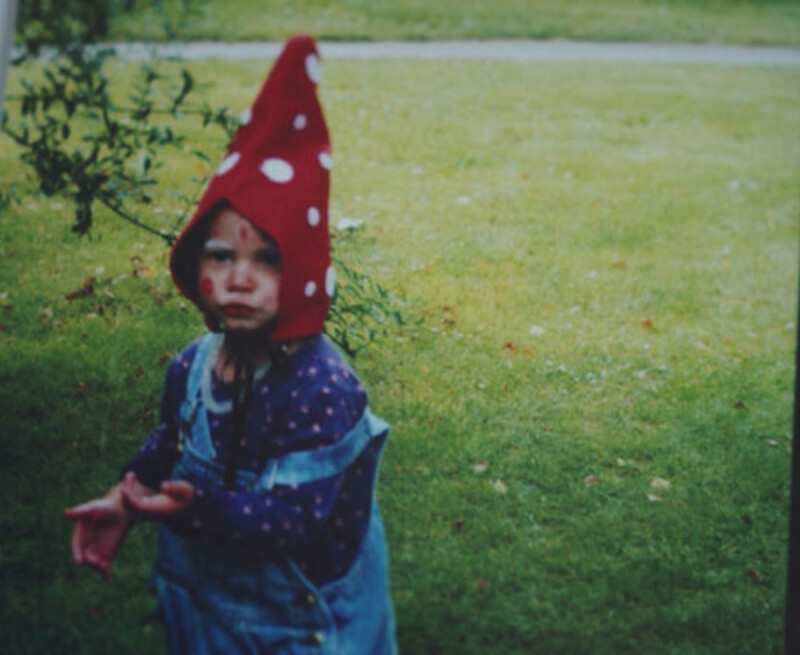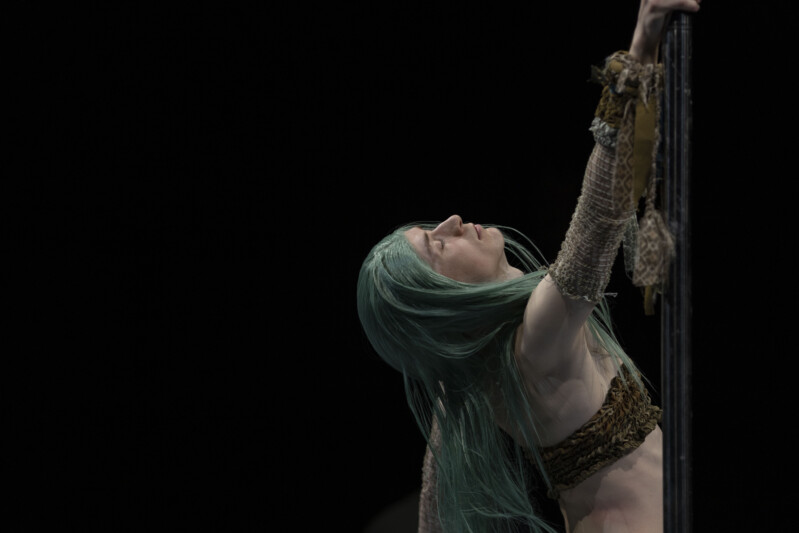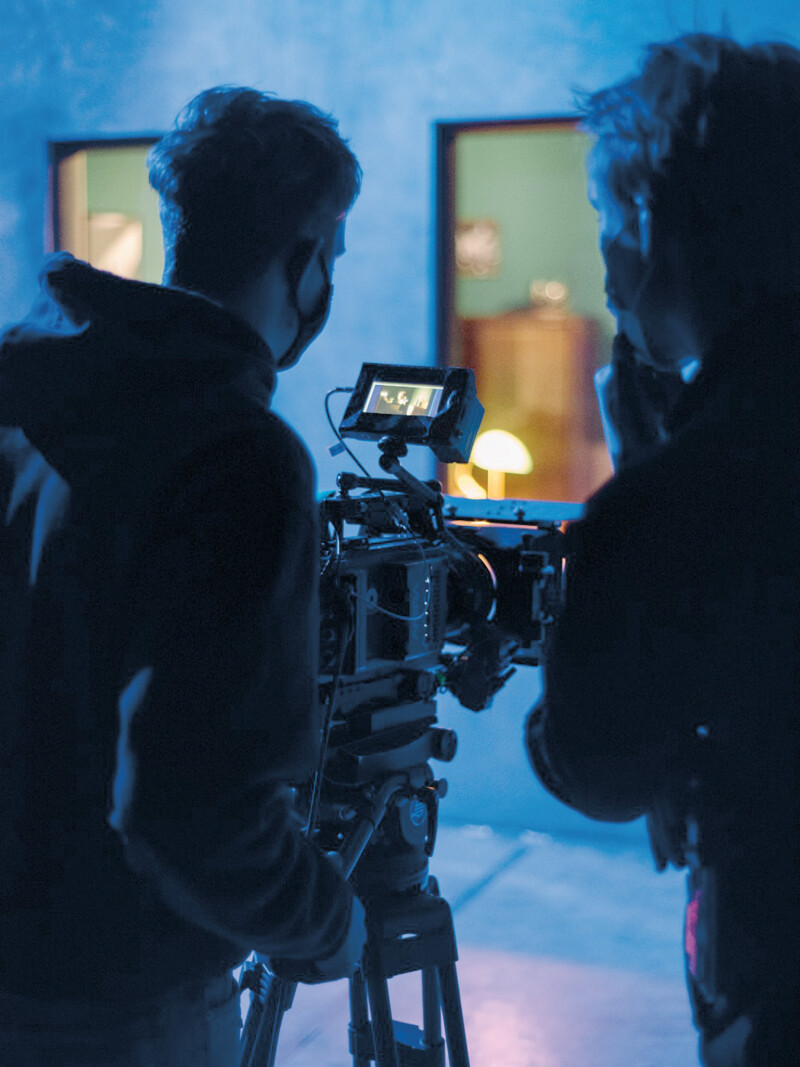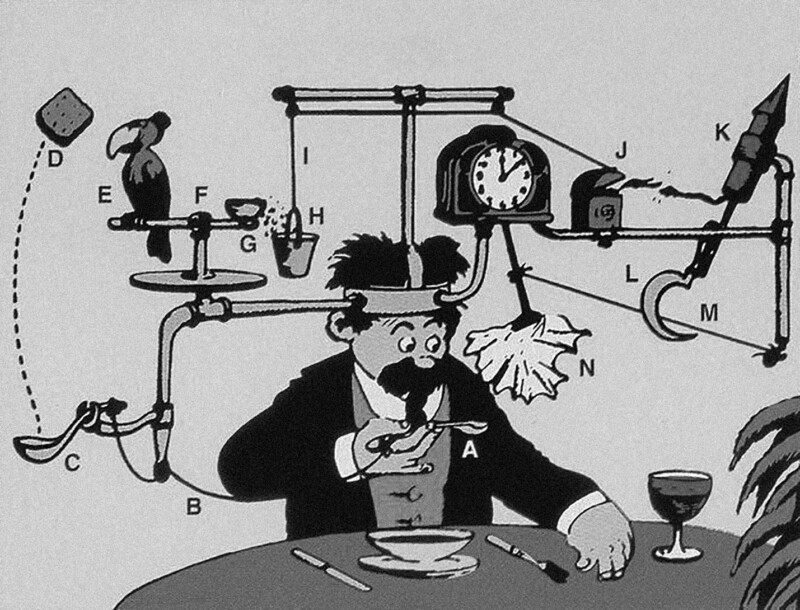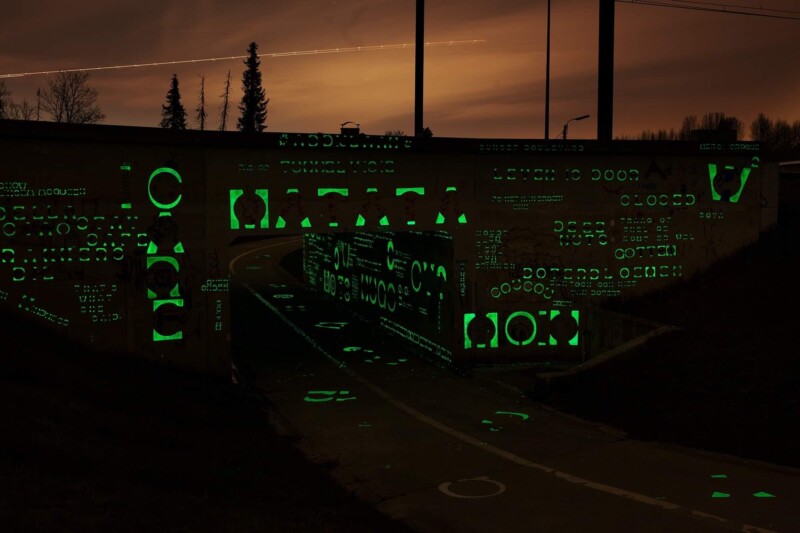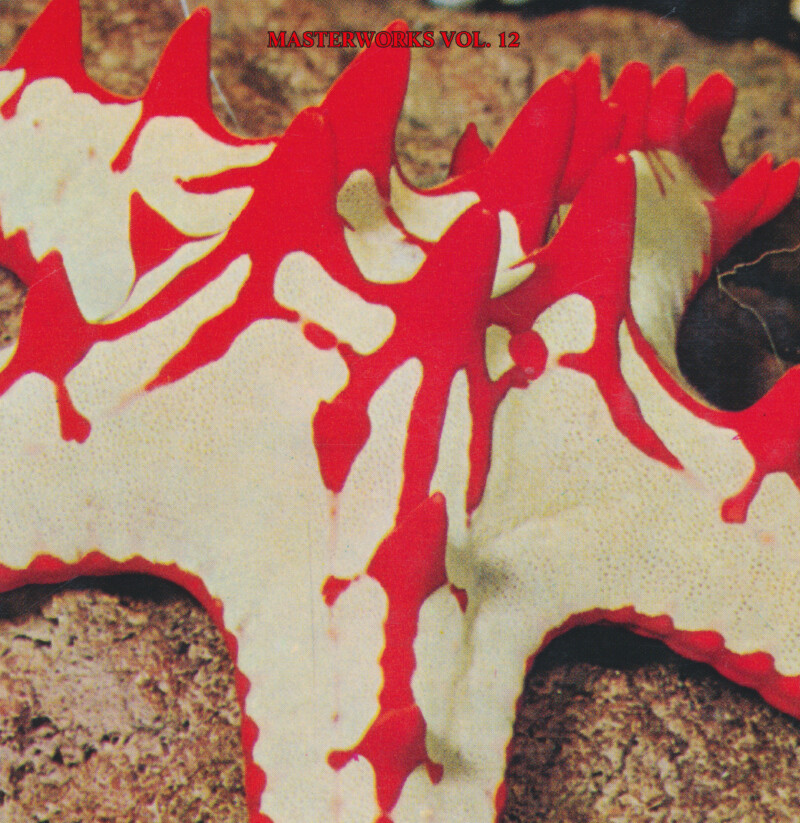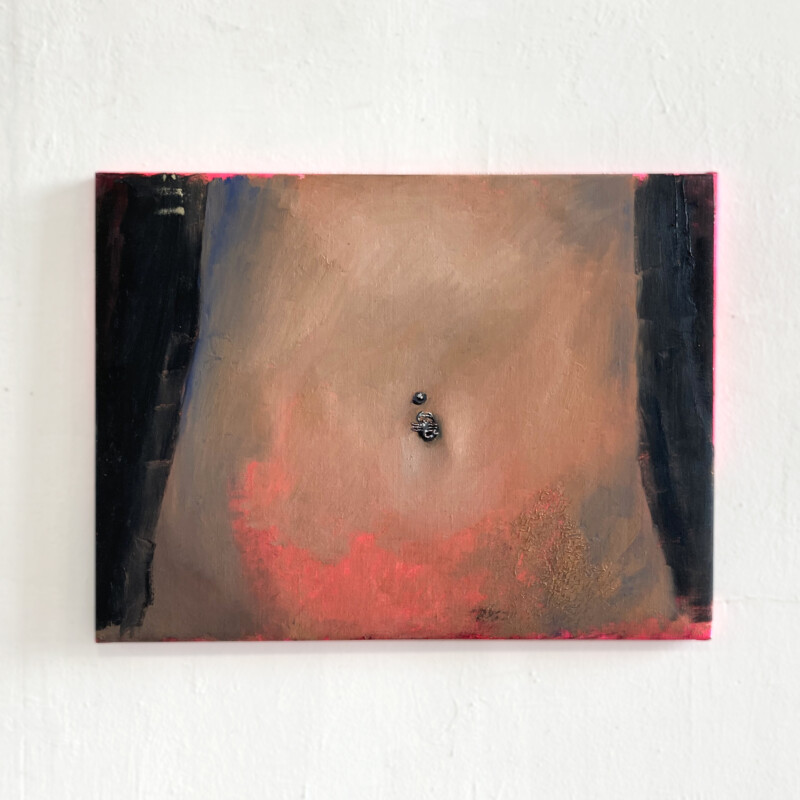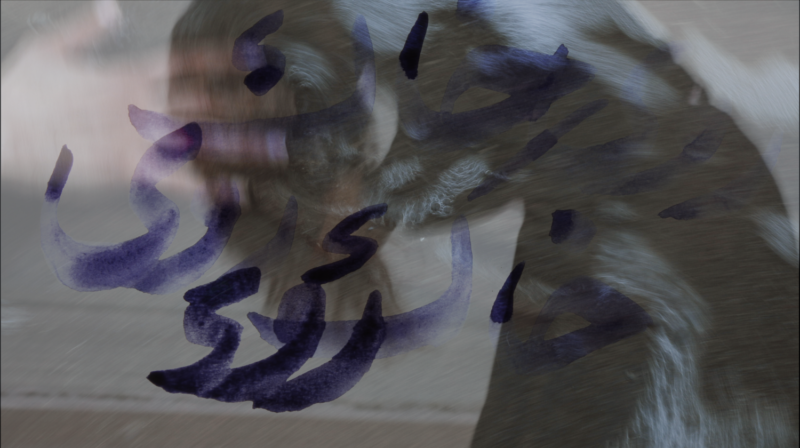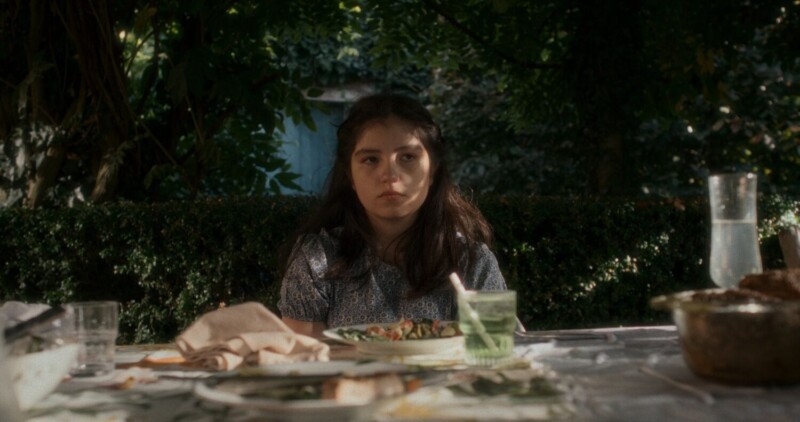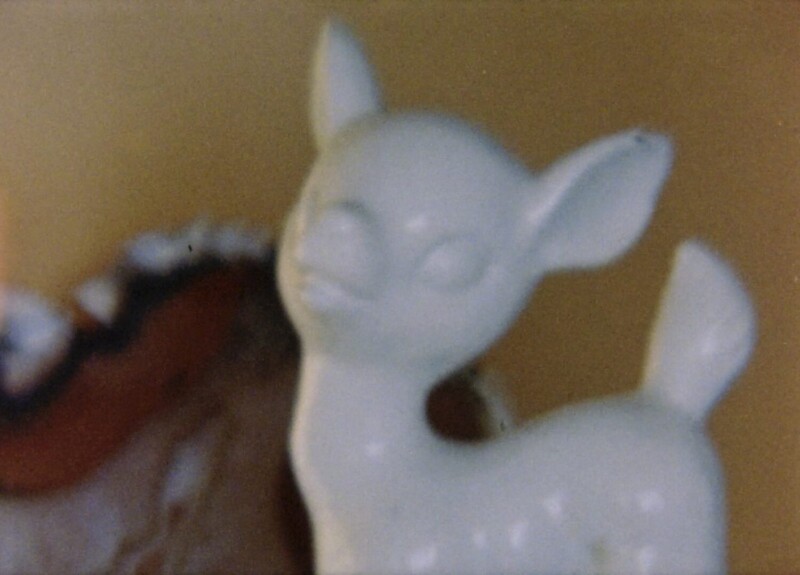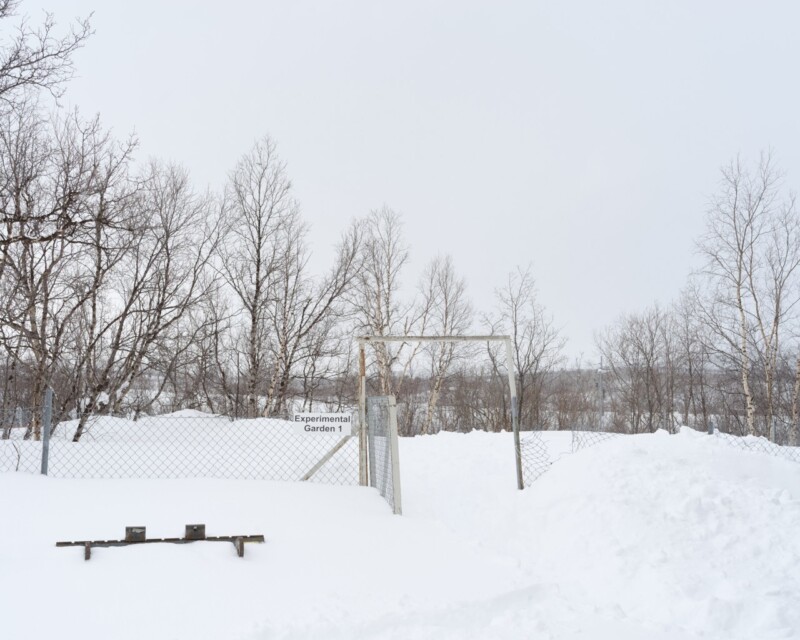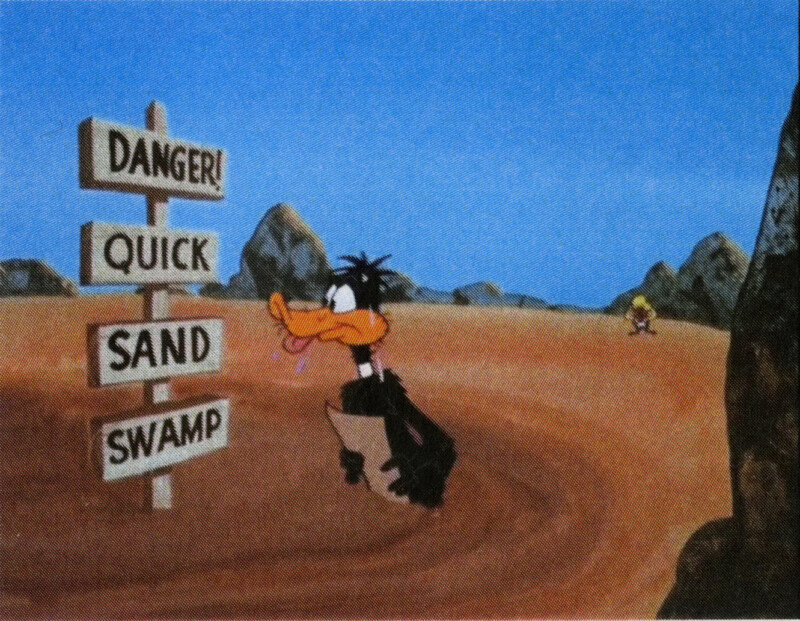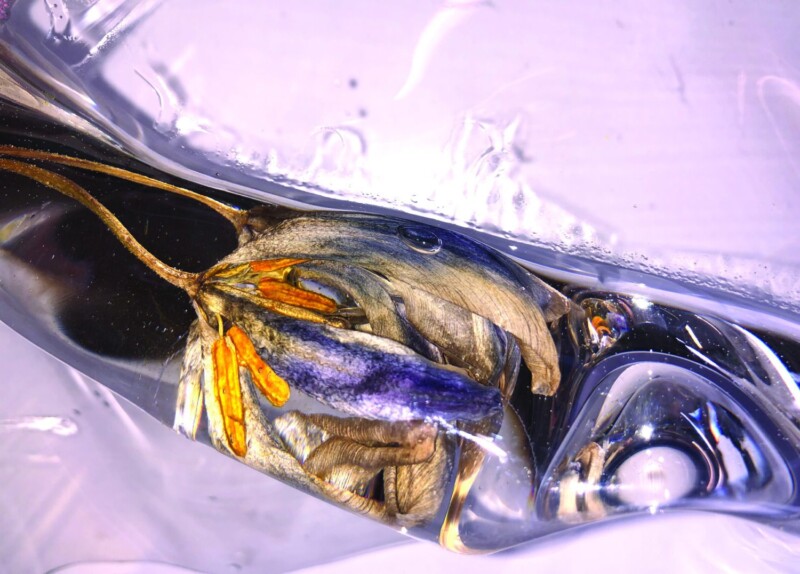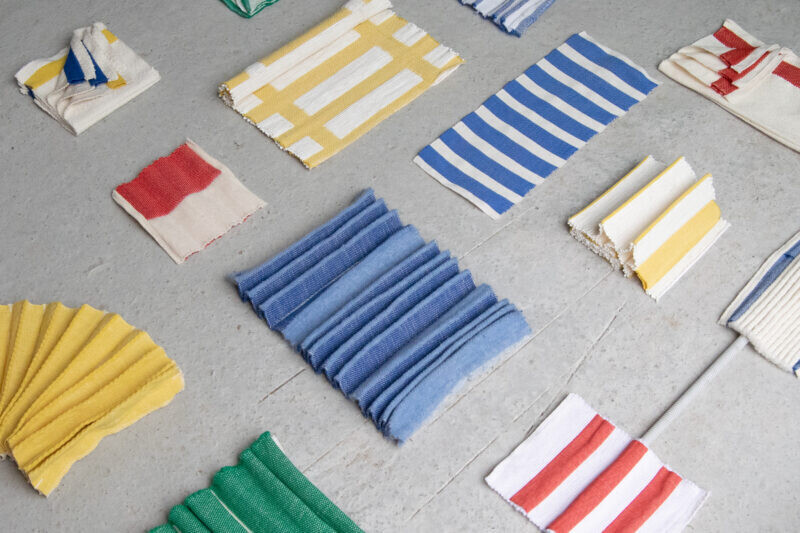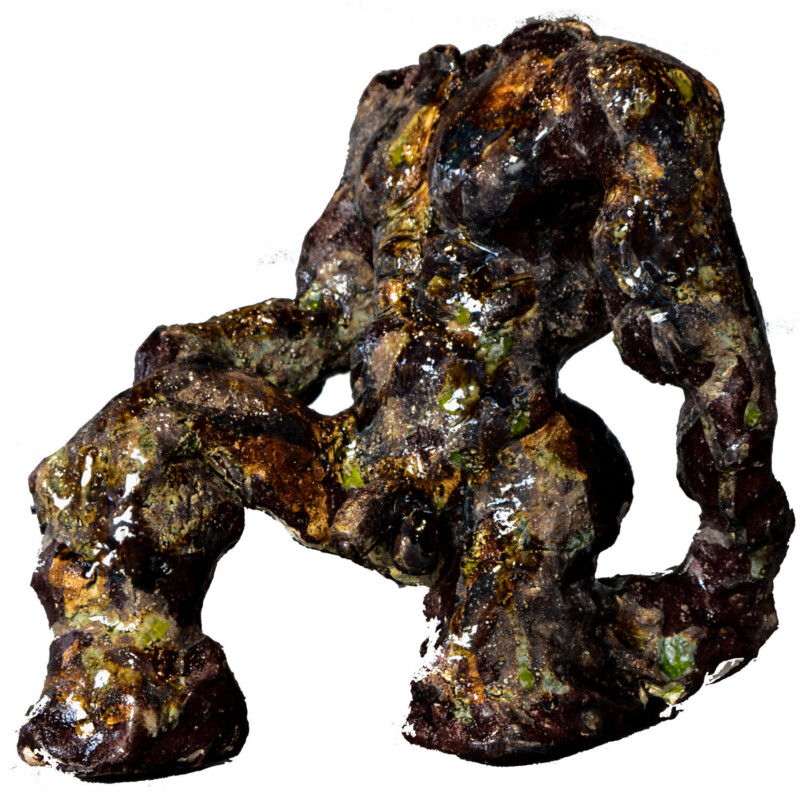Iskander Moon
Iskander Moon is the folkpop project of producer and singer-songwriter Iskander Moens. On the Masterworks LP, meaning the vinyl compilation of the graduating class pop/jazz/music production-students, he noteworthily submits the song ‘Borderline’. Here is an impromptu listening report.
00'00"
The bass opens the track. Beautiful, deep sound, and a subtle glissando from si to do#. The attack on the first note is remarkably sharper than the other two, presumably to underscore the start. Onwards: accompaniment by the most pleasant guitar with waxing and waning little tides. The piano similarly joins the harmonised bass motif in a high register. Exquisite detail: not one arpeggio repeats itself.
00'20"
Enter the voice. What a voice. Borderline. Make it mine. Resemblant of a nineteenth-century fledgling-poet, mumbling to the moon on a hill. The other instruments subside on its cue. The bass restrains itself to sparse stabs on the beat. Clever, since it prevents our ear from immediate saturation in the deep end.
00'40"
Dal niente: a first copper appearance. Jestingly singular. Then surprisingly a second time, with a starker onset. And darn it, another guitar seems to have slipped in. Indeed, its plunks help fill the atmosphere.
01'00"
Maybe I’m questioning… Something new. The pre-refrain. In higher regions, the piano at intervals duplicates the voice.
01'15"
What the piano isn’t capable of on stage, it can do in the studio: serve a crescendo on a flat chord. Meaning to mask his colleague’s trick, the trumpet takes over and pushes the song into the refrain. ‘What if I’d come home?’ Iskander asks.
01'25"
Yes, and then? Where is home anyway? The American west maybe? Shoot me if I’m not hearing banjo right now, accom-panied immediately by a string tremolo. A climax seems to be on the horizon.
01'40"
Exactly, this is where we need to be. The song’s title ascends on the four beats per measure. Bo-or-der-line! Twice even, and surprisingly, we even lose a beat there. The bass, usually allowed more prominence during peak moments, follows the voice’s upward movement and a slightly obfuscated cymbal provides an exclamation mark: line!
01'58"
During the interlude, the foot goes off the gas for a bit. A bit of trumpet duetting, one with, one without mute. Banjo and piano take turns on plinging duty.
02'08"
Second verse. That means, a tad less cautious. The maracas are the first percussion to reach our ears. The voice swaps places with violin motifs and cheerful flutes. If the bass was sparse until now, it is finally allowed to provide broad support. No way around it, really with all that violence in the higher registers.
02'38"
After a shortened pre-refrain, Iskander jumps without hesitation into his rhetorical what-if-hook. The arrangement holds back on complexity, in favour of metrum-affirming percussion. Good chance I’m hallucinating, but I believe to be perceiving mouth harp now (02'49").
03'05"
Climax the second is being set up and Iskander brings out the falsetto. Very versatile. If I were a smoker, I’d take out my lighter.
03'30"
Surprise. Suddenly the music dies down. Bass, quasi-jazzy flute-piano-mixture and tambourine chug along from afar. And then quickly the staccato strings drive up the metrum. Vocalisms of the bard in the higher regions, bass antics down below.
04'04"
Final what-ifs with brass resonance.
Text: Régis Dragonetti.

